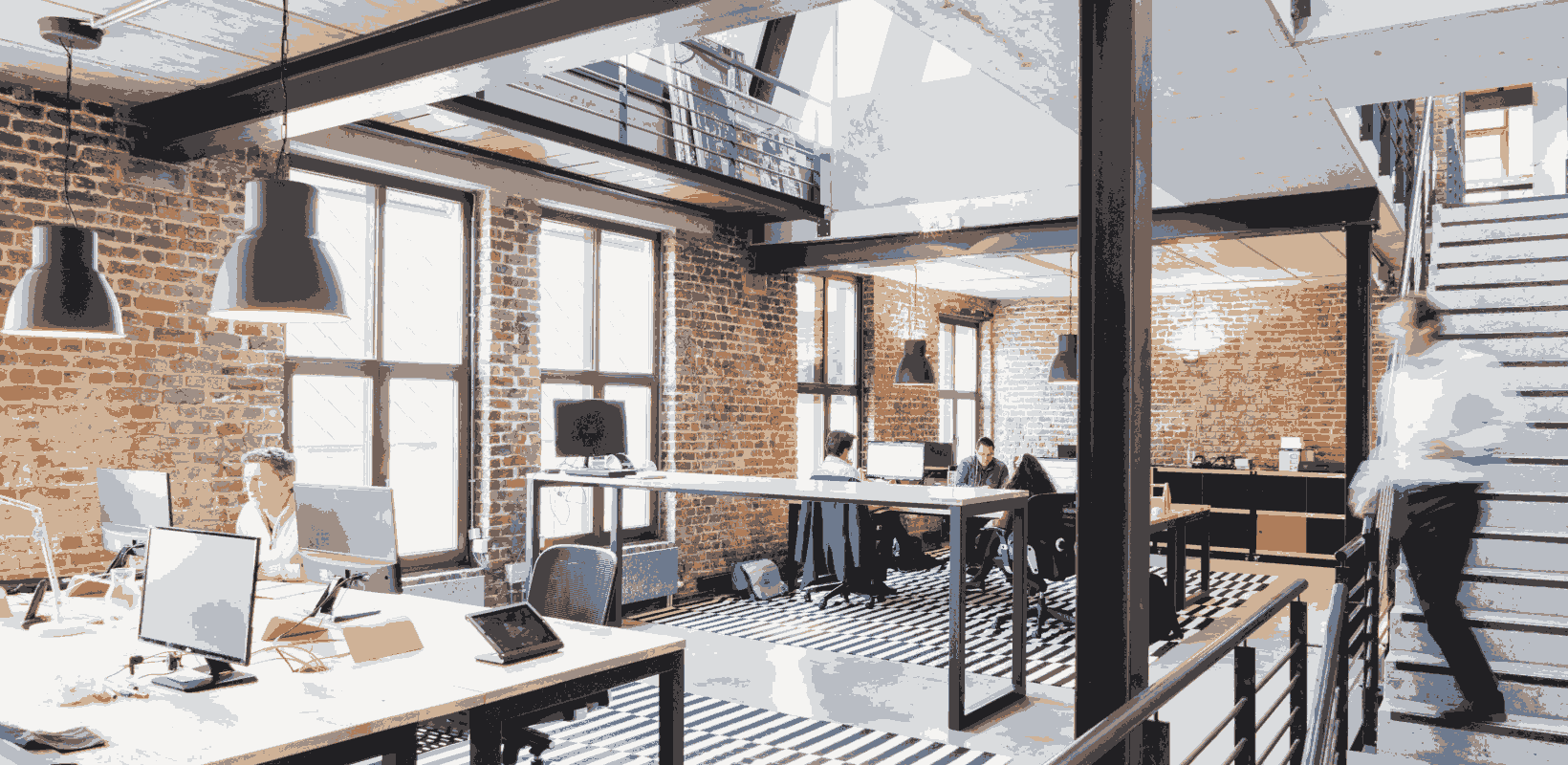Technology has been one of the driving forces of change in the business landscape. Companies can no longer rely on long term planning but have to adapt quickly in order to survive. To be able to cope with the uncertain and evolving environment, organisations have implemented a different approach to working. Agile working allows companies to be flexible and react rapidly to new changes and demands. But is this way of working sustainable?
- What is agile working?
- Why is an agile working environment the future for many company’s?
- Agile working policy
- Advantages and disadvantages
- Should you implement agile working?
✅Register with factorial for free to automate all your HR processes
What is agile working?
Agile working is not a new fad. In fact, it has been around for a couple of decades. The agile working definition was first used in software engineering. The method designed by software developers, was used to improve and accelerate the development process, by allowing workers to work in different areas of the office, work remotely and when they decide, offering more flexibility. Over the years, this approach has progressed into a workstyle that has been adopted by a large amount of organisations across the globe.
There are many different ways in which agile can be incorporated into the workplace. In its essence, it serves as a tool to remove any barriers that could block employees from reaching an objective. Agile working is based on the concept that we are all humans at the end of the day, and some days when we are having a bad day, it may be hard to get the job done. An agile environment means that employees work when they are their most effective, improving productivity, output, and employee satisfaction within the company.
Agile working is about providing employees with flexibility and independence through digital solutions. It encourages physical workspaces to foster partnerships, collaboration, and learning. However, the main mantra behind agile working is that its policies focus on the activity and outcome of the work, rather than just the workplace.
Why is an agile working environment the future for many companies?
Since the global crisis, many employees have been forced to work remotely. Social distancing is something that will need to continue for a long time and as offices are starting to open again, the pandemic will have permanent effects on our behaviour. Many workers’ may decide after the pandemic subsides, that actually they prefer remote working and offices will open at much smaller capacities. This can be facilitated more easily, as companies have increased the use of digital software and tools in order to work from home productively. Due to the increase of virtual learning and work, technology has played a huge part in agile work and in order to remain competitive in your market, it’s important to adopt this kind of environment.
Agile working policy
Companies who adopt an agile working policy have to redefine the following aspects:
Workspace
Employees have the freedom to work remotely or in different areas of the office. This allows for maximum flexibility with no constraints. The workspace is often optimised to a suitable agile working environment to accommodate this new workstyle. While assigned desks and meeting rooms will never go out of style, it is time to pull down the partitioned cubicles to create an open space, which can include: hot desks, mixed seatings, touchdown workspaces and a lounge area.
Teams
The objective of agile working is not to work harder but to work smarter. When it comes to problem solving, large teams are less flexible and efficient. By breaking down these large teams into small cross-functional units, the process will become more effective. Agile teams typically work in short cycles, by doing this they can adapt, learn and reflect. Bringing value to the customer is the main purpose. In fact, feedback from the end user is incorporated in every cycle.
Mindset
In order to flourish, the agile mindset needs to be instilled in every employee of the organisation. Failure is a main concept within this working style. It is not perceived negatively, instead it is used as a learning opportunity to improve. To reach the set objective workers must collaborate, share knowledge, be transparent and flexible.
Advantages and disadvantages of agile working
The following are the advantages and disadvantages of shifting to an agile work environment:
Advantages
- Attracts and retains talent: offering better work conditions will lead to higher job satisfaction. Employees will stay longer and new talent will be attracted.
- Productivity and creativity rises: the flexibility of agile working boosts productivity and creativity levels in workers. For instance, 75% of millennials believe that agile working has had a positive impact on their productivity levels.
- Saves costs: the effective use of workspace, allows companies to downsize and save money on running costs, furniture, etc.
- Improves work-life balance for employees: work is seen as an activity not a place. Employees can adjust their work schedule to fit their needs, this reduces health issues and absenteeism.
Disadvantages
- Not suitable for every company: Implementing an agile working policy does not necessarily mean that a company is going to be successful. This workstyle does not fit certain types of businesses. Factors such as: customers, stakeholders, regulations, etc. can stand in the way of a good outcome.
- Challenge to monitor performance: Workers have the flexibility to decide when, where and how they want to work. Over time, it can become difficult to manage performance outcomes. For goals to be met, a strategy needs to be implemented. Factorial offer a performance management system so you can make decisions based on qualitative data.
- Requires a cultural change: Change does not happen overnight. Both management and employees will have to completely transition the way they work. This requires time, practice and encouragement.
✅Download free performance appraisal template
Should you implement agile working?
In this fast paced environment, the only constant is change. Agile working may not be a good fit for every company, nevertheless, it is here to stay. This does not mean that your company needs a complete overhaul. In the end, it is all about finding the right balance.









